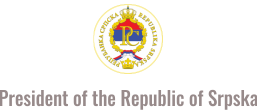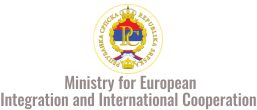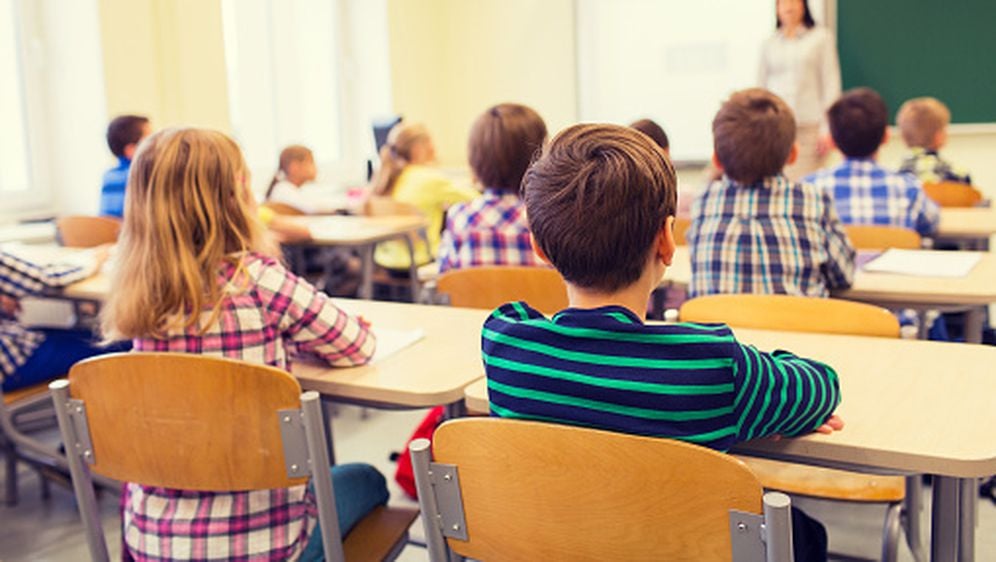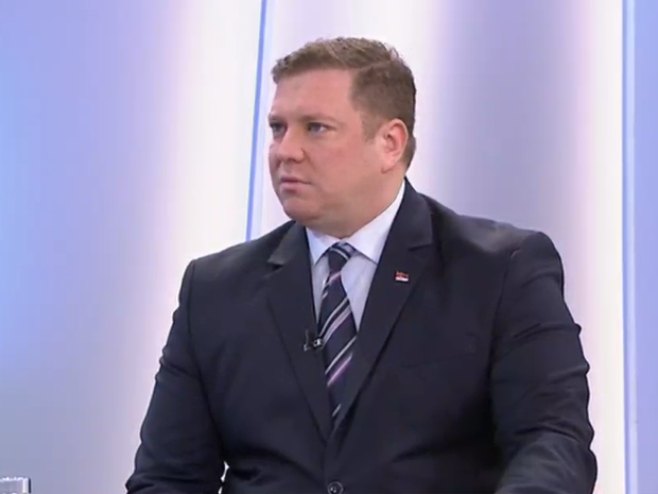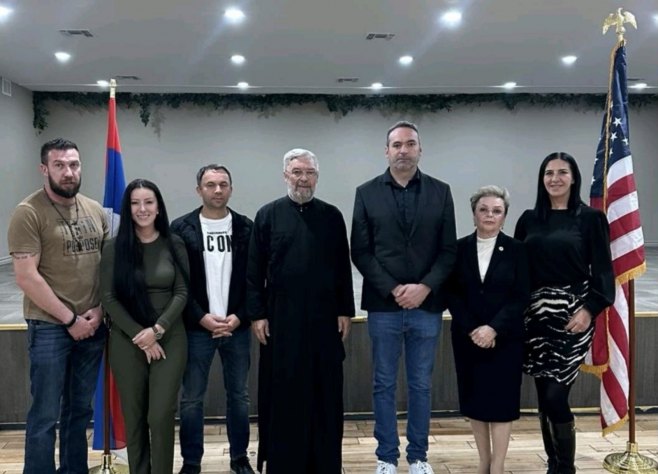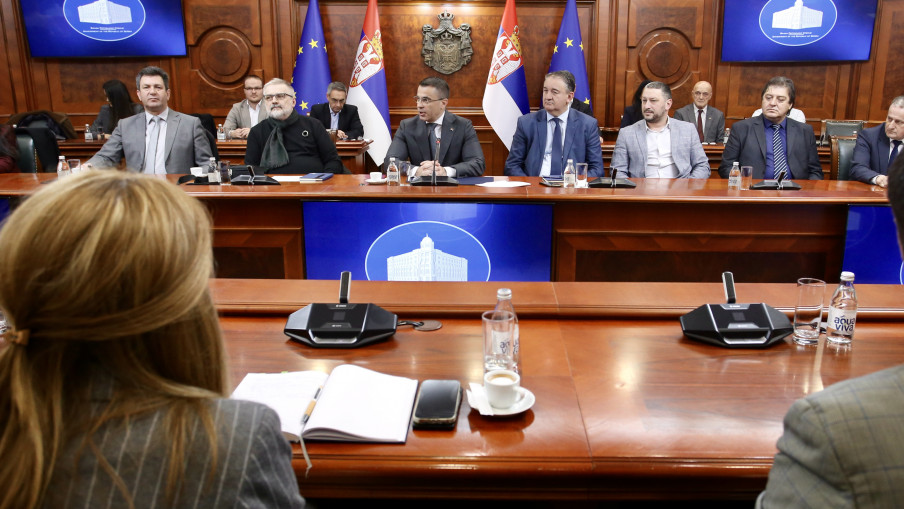This school year, about 7,700 students in 16 countries are learning the Serbian language in the diaspora. They are supported by 97 teachers in nurturing their mother tongue and ties with their motherland. Supplementary schools are among the most widespread types of teaching organized by the Ministry of Education.
Classes in Serbian are organized in Germany, Switzerland, Slovenia, Russia, Spain, France, Italy, Greece, Belgium, Norway, Denmark, the Netherlands, Luxembourg, Malta, the Republic of South Africa, and Great Britain.
Germany, Switzerland and Slovenia have the largest number of students of Serbian nationality who attend classes in Serbian.
‘Supplementary classes in Serbian last three school lessons, once a week, and most often take place in the premises of regular schools, that is, in the host country schools. The classes are based on the prescribed program which includes the study of three subjects: Serbian language, my homeland Serbia, and basics of the culture of the Serbian language. So, these are supplementary classes attended by our children, because they are obliged to attend regular classes in their schools’, says Biljana Bukinac, coordinator of educational work abroad.
According to data from the Ministry of Education, the number of students attending classes in Serbian is increasing. The number of students has grown by 834 compared to the previous school year. Most of them are in Germany, Switzerland and Slovenia.
‘The high-quality execution of teaching and numerous extracurricular activities, the continuous improvement of teaching in Serbian and the efforts of the preschool and elementary education sector of the Ministry of Education, whose scope includes supplementary teaching, is best evidenced by student coverage, which, according to the Ministry’s data, has grown by more than 45 percent compared to the 2019/20 school year. Therefore, student interest is very high. Children come to classes with joy and are very motivated to learn Serbian language, history and culture’, says Blaženka Trivunić, supplementary classes coordinator in France, Italy, Slovenia and Malta.
Assimilation Is the Biggest Challenge
Despite the efforts of the line ministry and the state, teaching staff see the danger of assimilation as the biggest challenge for the Serbian language in the diaspora.
‘If there is no school, living as a minority surrounded by the majority makes assimilation inevitable. It is happening anyway, but as long as we have schools, we can hope, if not to stop that process, at least to slow it down’, said Jovanka Lastić, director of the Nikola Tesla school.
Bukinac states that the main challenges are bilingualism, multicultural environment in which the children living in the diaspora grow up.
‘They are surrounded by other nations, they are surrounded by another language in which they normally learn in their regular schools, and we, as supplementary classes, help them to preserve the Serbian language, to strengthen and develop it, and thus to preserve their Serbian origin and their Serbian identity’, she said.
Despite the significant growth of interest in Serbian, the question is how many children remain without contact with the language of their homeland. According to data from the website of the Ministry of Education, around 5.1 million Serbian citizens live outside of Serbia in more than 100 countries.
Gouillon: Need to Open School in Argentina
Arnaud Gouillon, Director of the Directorate for Cooperation with the Diaspora and Serbs in the Region, says that the Serbian language is taught in the diaspora through supplementary schools that operate under church school municipalities.
He adds that there is a need to establish a supplementary school in Argentina. He notes that there is sufficient teaching staff in some countries, such as Austria, but that in some areas, such as the USA, there are conditions for the operation of schools, but there is no sufficient teaching staff.
Source: Euronews.rs
Photo: Getty Images
